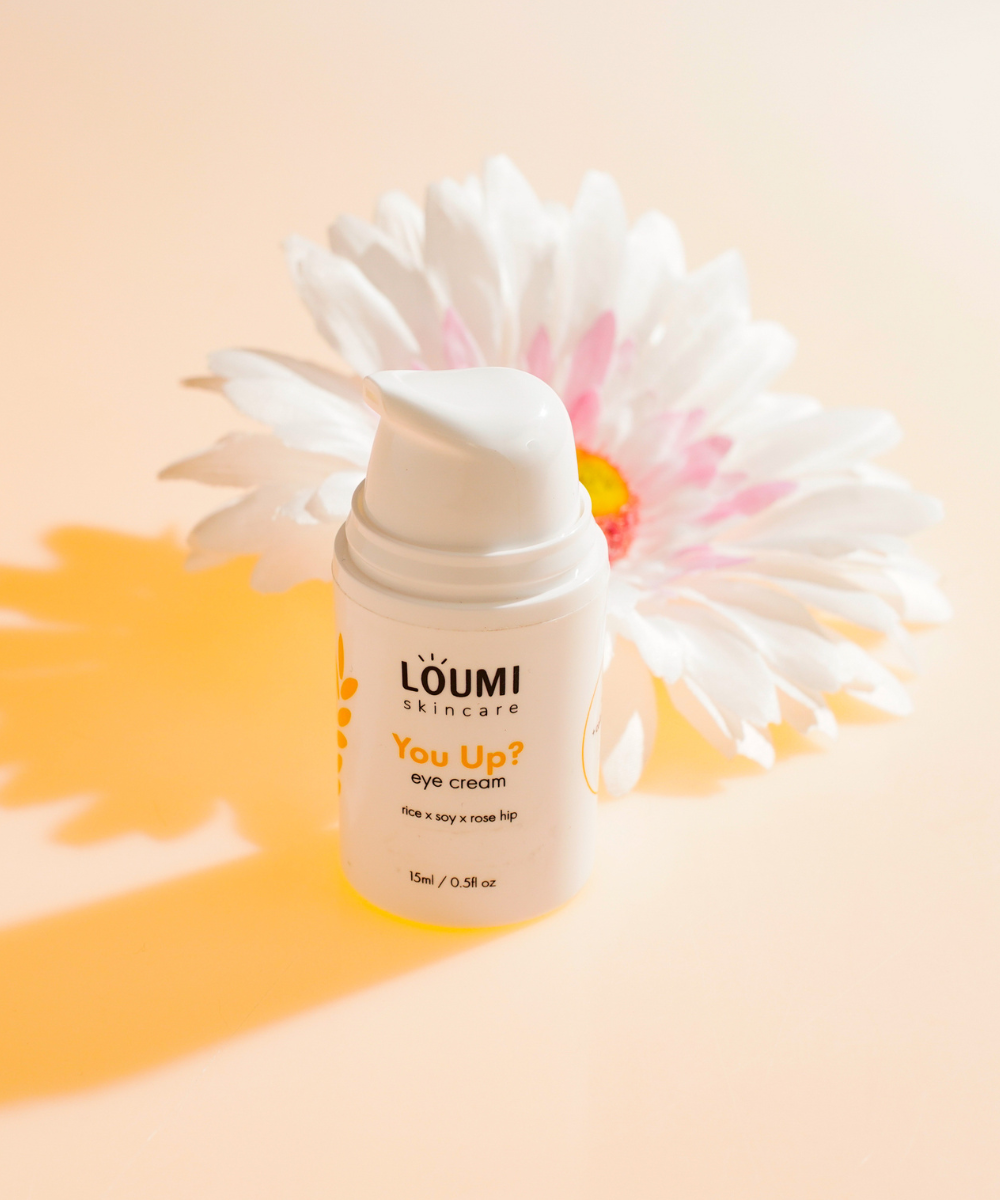
Embarking on a journey to achieve radiant, healthy skin begins with understanding your skin type. Whether you have oily skin that's prone to breakouts, dry skin that feels tight and flaky, combination skin with both oily and dry areas, or sensitive skin that's easily irritated, tailoring your skincare routine to your specific needs is essential. In this comprehensive guide to skincare basics, we'll delve into the various skin types and provide expert tips on how to care for each one. By mastering the fundamentals of skincare, you can unlock your skin's true potential and achieve a complexion you'll love.
Identifying Your Skin Type: Before diving into a skincare routine, it's crucial to identify your skin type. Here's how to recognize the most common skin types:
-
Oily Skin: Oily skin is characterized by excess sebum production, which can lead to shine, enlarged pores, and a tendency to develop acne and blackheads.
-
Dry Skin: Dry skin lacks moisture and often feels tight, rough, or flaky. It may be more prone to fine lines, irritation, and dullness.
-
Combination Skin: Combination skin exhibits characteristics of both oily and dry skin. Typically, the T-zone (forehead, nose, and chin) is oily, while the cheeks may be dry or normal.
-
Sensitive Skin: Sensitive skin is prone to irritation, redness, and allergic reactions. It may react adversely to certain ingredients, environmental factors, or harsh skincare products.
Crafting a Skincare Routine for Your Skin Type: Once you've determined your skin type, it's time to tailor your skincare routine accordingly:
-
Oily Skin:
- Cleanse twice daily with a gentle, oil-free cleanser to remove excess oil and impurities.
- Use a lightweight, non-comedogenic moisturizer to hydrate without clogging pores.
- Incorporate products containing salicylic acid or benzoyl peroxide to help control oil production and prevent breakouts.
- Use a mattifying sunscreen to protect your skin from sun damage without adding extra shine.
-
Dry Skin:
- Cleanse with a hydrating, creamy cleanser to nourish and replenish moisture.
- Apply a rich, emollient moisturizer containing ingredients like hyaluronic acid, glycerin, and ceramides to lock in hydration.
- Use gentle exfoliants to remove dead skin cells and promote cell turnover, but avoid harsh scrubs that can exacerbate dryness.
- Invest in a humidifier to add moisture to the air and prevent further dehydration of the skin.
-
Combination Skin:
- Cleanse with a balancing cleanser to remove excess oil without stripping dry areas of moisture.
- Use lightweight, oil-free moisturizers on oily areas and richer moisturizers on dry areas.
- Spot treat oily areas with products containing salicylic acid, while dry areas may benefit from hydrating serums or facial oils.
- Experiment with multi-masking to address different concerns simultaneously.
-
Sensitive Skin:
- Choose fragrance-free, hypoallergenic products formulated specifically for sensitive skin to minimize irritation.
- Patch test new products before applying them to your face to avoid adverse reactions.
- Look for soothing ingredients like aloe vera, chamomile, and oatmeal to calm and nourish sensitive skin.
- Avoid harsh exfoliants, alcohol-based products, and excessive sun exposure, which can trigger irritation.
Understanding your skin type is the first step towards achieving healthy, radiant skin. By tailoring your skincare routine to your specific needs, you can address concerns such as oily skin, dry skin, combination skin, or sensitive skin effectively. Whether you're battling breakouts, combating dryness, or soothing sensitivity, mastering the basics of skincare will empower you to unlock your skin's true potential and embrace a complexion you'll love. Remember, consistency is key, so stick to your tailored skincare routine and watch your skin transform for the better
